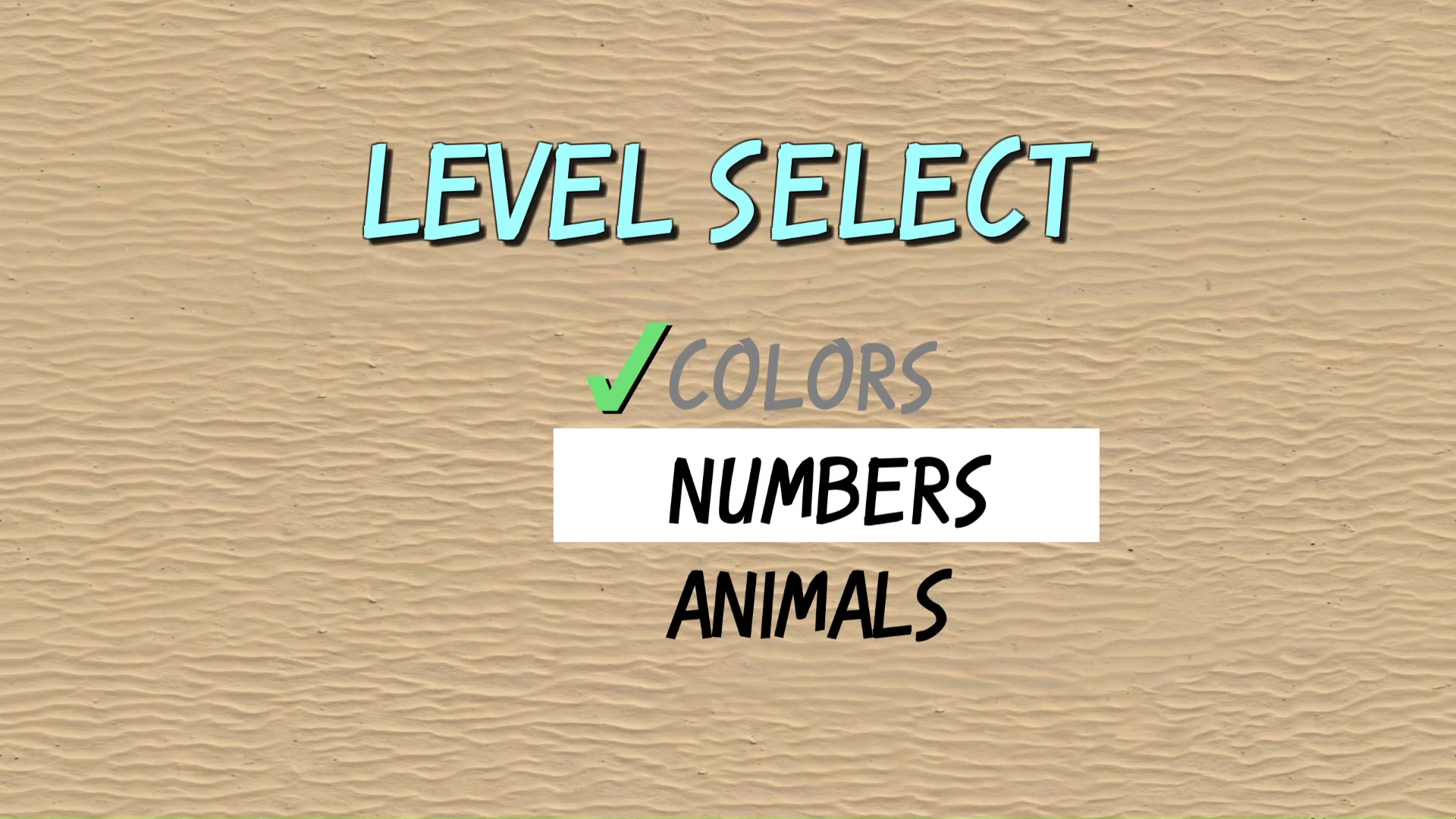Polygot Pelican Mac OS
- Polyglot Pelican Mac Os Download
- Polyglot Pelican Mac Os X
- Polyglot Pelican Mac Os Update
- Polyglot Pelican Mac Os Catalina
My career has gone through many phases: Perl to PHP, PHP to VBA, VBA to C#, C# to Python, Python to JavaScript, and back to C# again. I’ve tried Dual booting, I’ve tried VMs, I’ve tried dedicated machines for each environment. I’ve tried corporate “certified” machines (Lenovo), I’ve tried building my own dev machines. Nothing is pain free, but after jumping through every hardware problem known to man, the least painful developer hardware I’ve found is
Polyglot Pelican Mac Os Download
Location: Town The Pelican of Mykonos, Cyclades: The Pelican called Petros (Peter) is an integral part of the island of Mykonos and rightfully it has become the mascot of the island.You can get a glimpse of the cute creature as it strolls leisurely in own unhurried pace through the city's many alleyways. 'for Mac OS X' breaks my heart, because this is exactly the kind of open-source DB client I want on Linux. At least I can use this when I'm on my Air, but I recently went looking for a multi-DB client app like this for Linux, and this looks like what I was wishing I would find. New on my radar is the Mac App Store cli, or “mas” for short. The process is a little awkward in that you need to find the unique identifier of the application in order to install, but it is a. The os package will help you manipulate file paths in an OS-independent way, which is really nice (given how different Mac OS X and Windows can be). In 11: import os print ( os. Expanduser ( ' )) # indicates my home directory print ( os. Expanduser ( '/Desktop' )) # indicates my Desktop. Polyglot.evalfile (id, path) executes code in a foreign language from a file, identified by its language ID. Polyglot.evalfile (path) executes code in a foreign language from a file, automatically determining the language. Exporting Ruby Objects to Foreign Languages # Polyglot.export (name, value) exports a value with a given name.
The MacBook Pro.
Just about every issue I’ve had with development revolves around three specific problems:
– Stability
– User Experience
– Developer Support Tools
Stability
The MacBook Pro (MBP) absolutely kills in the stability arena. The Operating system is stable, I don’t have to worry that patching my system will result in rebuilding the OS, and I don’t have to worry about Windows Updates. For running VMs, ReSharper is amazingly stable, able to suspend and restart the VM quickly for when that’s needed.
User Experience
Polyglot Pelican Mac Os X
Have you ever had this happen to you? You’re in Windows, and you’ve hit “Postpone” on an update, only to walk away from your computer and find that the update installed and restarted your computer without your consent? Or, if you’re using linux, and you make the mistake of using apt-get and it installing a new linux kernel, only to have your system hosed on reboot? My personal best? That happened three times before
I wised up.
Polyglot Pelican Mac Os Update
Apple’s user experience is top notch (iTunes notwithstanding). While there is some fussiness around setting up Python for a Mac, there are clear analogues for developers who want to develop for FOSS on a MBP. The OS comes back quickly from sleep; the keyboard and trackpad contain unobtrusive (yet useful) features. The entire experience from opening the box to using it for actual development is insanely easy compared to other platforms, where sometimes sound drivers don’t work, or the installation fails for no particular reason.

One significant advantage to choosing a MacBook Pro is that Apple needs to only support a handful of hardware, instead of the thousands upon thousands of combinations of hardware choices that Linux and Windows need to support.
Developer Support Tools
For Mac, Parallels is one of the best pieces of virtualization software out there. I can run a Windows VM and a Linux VM in Parallels and have everything just work, including each VM communicating with the others and the outside world over HTTP. I tried to get Hypervisor to do that over the course of two days and was met with failure.
Polyglot Pelican Mac Os Catalina
There are some issues with Mavericks, however. If you click on a dialog that wants your attention (the bouncing icon in the Mac OS X Icon Bar) and the icon belongs to a VM on a different desktop (multiple monitors), you get… weirdness.
One area where Mac has been deficient before Mac OSX Mavericks was multiple monitor support, in that it didn’t really support multiple monitors. Now with Mavericks there is first class support for multiple monitors, but it’s not perfect yet.
Have you ever tried to get support for a Dell? It’s terrible. Hours spent on the phone to have a customer service representative tell you to wait for them to ship you a box so you can ship your Dell back for replacement. Contrast that with the Apple Store experience. I’ve taken my MBP to the Apple Store three times, and all three times I was in and out within 30 minutes, and *every single time* it was free. That’s incredible.
With the advantages the Macbook has over other development experiences, it’s hard to imagine reasons *not* to use it for development.